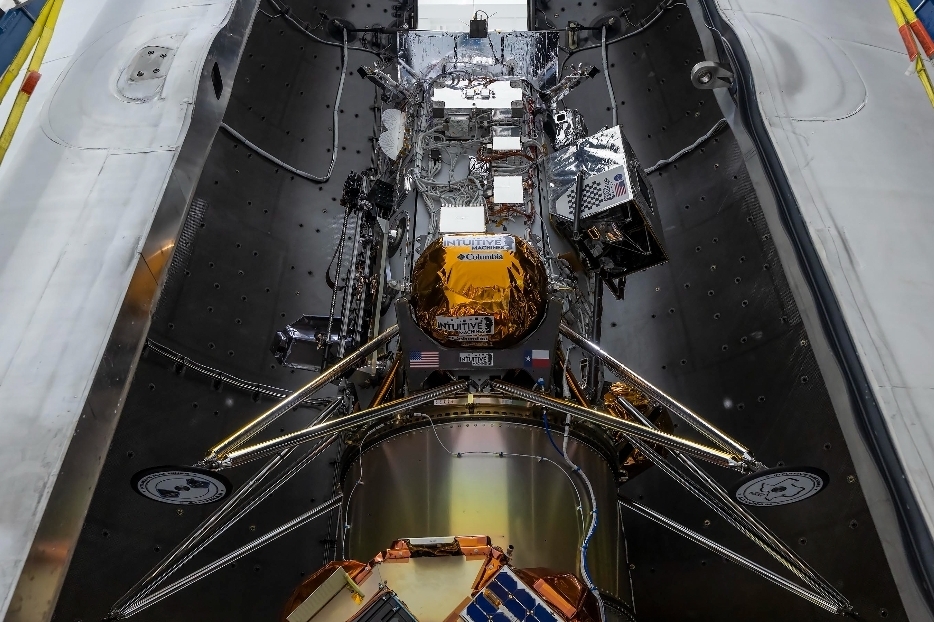Table of Contents

NASA launched the Lunar Trailblazer spacecraft on Wednesday aboard a SpaceX Falcon 9 rocket, sending it on a mission to explore the Moon’s south pole. The spacecraft aims to determine the presence of different forms of water on the lunar surface.
Upcoming Landing
As part of this mission, Intuitive Machines’ lunar lander is set to land on March 6 at Mons Mouton, a plateau near the Moon’s south pole. This lander carries scientific instruments under NASA’s Commercial Lunar Payload Services (CLPS) initiative and the Artemis campaign. The IM-2 mission will collect critical data about the Moon, supporting future astronaut exploration and advancing space exploration for the benefit of humanity.
Mission Objectives
NASA’s CLPS missions will conduct one of the first on-site demonstrations of resource utilization on the Moon by measuring the potential presence of volatiles or gases in lunar soil.
The spacecraft features a passive Laser Retroreflector Array mounted on the lander’s top deck, which will reflect laser light and provide future orbiting or incoming spacecraft with a permanent reference point on the lunar surface.
The mission will also test a surface communications system and deploy a propulsive drone capable of hopping across the lunar surface for exploration.
Key Instruments on the IM-2 Mission
Polar Resources Ice Mining Experiment-1 (PRIME-1)
This experiment aims to explore the Moon’s subsurface and identify potential resources. It consists of two key instruments:
- Regolith and Ice Drill for Exploring New Terrains (TRIDENT), which drills into the lunar surface to collect soil samples.
- Mass Spectrometer Observing Lunar Operations (MSolo), which analyzes the samples to detect volatile compounds that can turn into gas. The data collected will help scientists understand the Moon’s surface composition and guide future resource utilization.
Laser Retroreflector Array (LRA)
This instrument includes a set of eight retroreflectors designed for precision laser ranging, measuring the distance between the spacecraft and the lander. The LRA is a passive optical device that will serve as a permanent location marker on the Moon, aiding future missions in navigation and scientific studies for decades.
Micro Nova Hopper
Developed under NASA’s Space Technology Mission Directorate Tipping Point initiative, this autonomous drone, named Grace, is designed for high-resolution surveying of the lunar surface. It will hop into a nearby crater to collect scientific data and send it back to the lander. The hopper is expected to explore permanently shadowed regions, offering new insights into areas that could hold key information for sustaining human presence on the Moon.
Nokia Lunar Surface Communications System (LSCS)
This advanced 4G/LTE communication system, developed with NASA funding, will facilitate connectivity between the Intuitive Machines lander, a Lunar Outpost rover, and the Micro Nova hopper. The LSCS is engineered to transmit high-definition video, command messages, and telemetry data. It aims to demonstrate a compact, efficient communication network that could support future lunar missions and space infrastructure.











